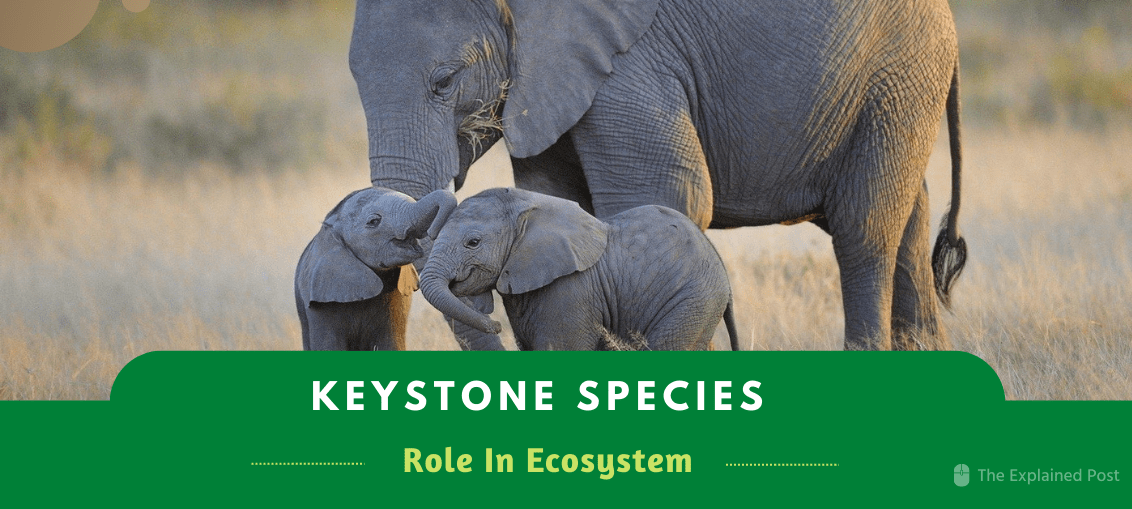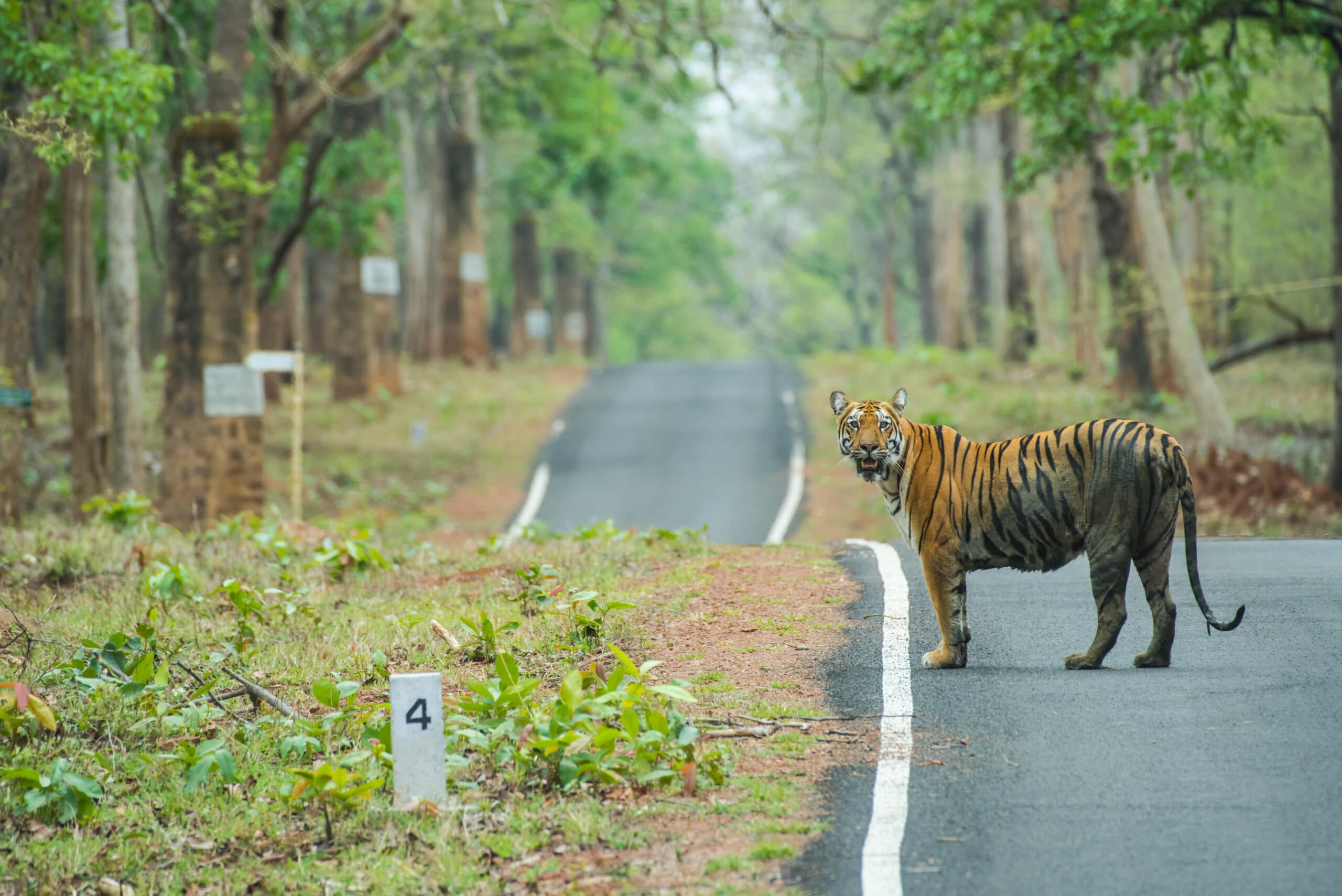Keystone species are the most important member of an ecosystem that helps maintain its health and shape. A US-based zoologist, Robert T. Paine first introduced the concept of Keystone species. in 1969. It is the simplest way of understanding how the species help maintain an ecosystem.
One can understand the concept of keystone species by comparing it with the arch structure used in construction buildings. The keystone in the construction of an arch would be at the centre, holding the entire arch structure together. If the keystone collapses, the entire structure would fall down. Similarly, if keystone species from an ecosystem are removed, it will have severe consequences.
Even though the concept of keystone species oversimplifies the interdependency and interaction of various species in an ecosystem, it surely helps bring the ecologist and policymakers together for the purpose of conservation of the ecosystem.
Examples of Keystone species
Tiger
In every type of ecosystem, be it marine, forest or grassland, there will be keystone species. For example, the tiger is a predator, that feeds on herbivores such as goats and deer. Now, what if all the tigers are removed from a grassland? what can be the consequences?
The consequences of such a situation will originate from the fact that there will be no tiger to eat goats and deer. As a result, the number of such herbivores will shoot up exponentially, leading to increased pressure on the grassland. The overgrazing of the grassland by the herbivores will make it difficult for plants to grow resulting in a collapse of the system.
Elephant
Elephants are known as keystone species as they maintain the forest environment quite well. Due to sheer size and big feet, they trample the existing grasses and plants allowing the new plants to grow. They are very well known to disperse seeds from one place to another as they travel long distances. As a result, plants colonies in new areas and spread the extent of biodiversity.
Vultures
One may wonder what role the high flying vultures would play in the maintenance of the ecosystem. But the fact is they lead the cleaning drive in the forest. Vultures are scavengers, they derive their food from the carcasses of dead animals, helping in eliminating toxic bacteria and disease. Without vultures, the ecosystem would be completely different.
There are some other important keystone species, such as wolves in a forest ecosystem, sea otters, sea stars, bees, etc. Conservation of these species has broad-based impacts on the entire ecosystem.



